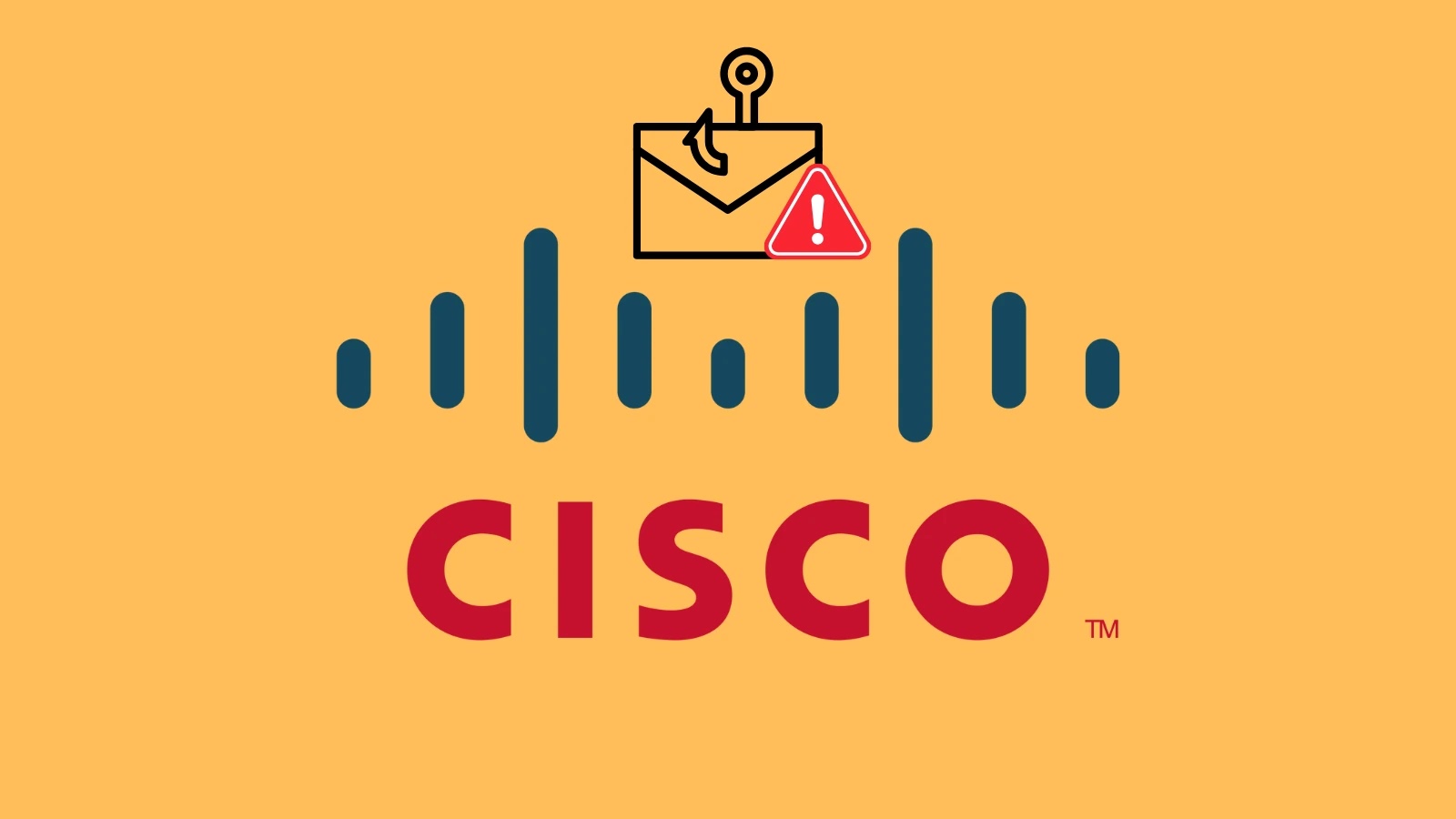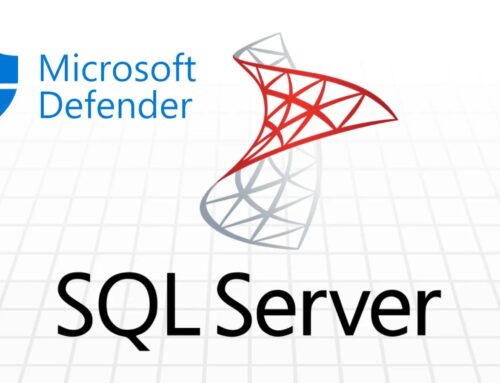
Hackers Exploit Cisco Secure Links to Evade Link Scanners and Bypass Network Filters
Weaponizing Trust: How Hackers Exploit Cisco Secure Links to Bypass Defenses
The digital threat landscape is in constant flux, with adversaries perpetually refining their tactics. A disturbing new development reveals cybercriminals exploiting an unexpected vector: Cisco’s own security infrastructure. A sophisticated attack campaign has been uncovered where malicious actors are weaponizing Cisco Safe Links technology, designed to protect users, to evade detection systems and bypass network filters. This ingenious method leverages the inherent trust associated with the Cisco brand, turning a security feature into a shield for phishing attacks. For IT professionals, security analysts, and developers, understanding this novel approach is critical to bolstering an organization’s defenses.
The Deceptive Power of Cisco Secure Links Exploitation
Cisco Safe Links, a component of Cisco Secure Email, is engineered to rewrite URLs in emails, scanning them for malicious content before allowing user access. This proactive defense is a cornerstone for many enterprises. However, attackers have found a way to co-opt this trusted mechanism. By embedding their malicious links within legitimate Cisco Safe Links, they effectively “inherit” the trust of Cisco’s domain. When a user clicks such a link, it initially routes through Cisco’s infrastructure, which, under specific conditions, may not flag the embedded malicious URL, especially if the final destination is dynamic or cloaked. This allows phishing attempts to sail past enterprise email gateways and traditional URL scanners that rely on known bad domains.
Technical Ingenuity: Evading Link Scanners and Network Filters
The core of this attack lies in its ability to bypass conventional security measures. Link scanners often maintain blacklists of known malicious domains and IP addresses. They also analyze URL reputation and content. By leveraging Cisco’s legitimate domains, attackers sidestep these checks, particularly at the initial scanning phase. The trust placed in Cisco’s infrastructure means that the rewritten URLs, despite containing an embedded threat, are less likely to be immediately flagged as suspicious. This allows the phishing payload to reach the user’s inbox, where social engineering then takes over. Once the user clicks, the malicious payload could lead to credential theft, malware infection, or data exfiltration. The fact that the initial URL appears to be a legitimate Cisco link significantly reduces user suspicion, increasing the success rate of the attack.
Key Takeaways from the Attack Campaign
- Leveraging Trust: Attackers exploit the inherent trust placed in Cisco’s security branding and infrastructure to legitimize their malicious URLs.
- Evasion Technique: The use of Cisco Safe Links as a conduit allows phishing emails to bypass sophisticated email security gateways and link scanning technologies that might otherwise red-flag direct malicious URLs.
- Increased Success Rate: The deceptive nature of the attack, making malicious links appear safe, significantly enhances the likelihood of users clicking on phishing URLs.
- Sophisticated Phishing: This campaign represents an evolution in phishing tactics, moving beyond simple spoofing to weaponizing legitimate security tools.
Remediation Actions and Proactive Defense Strategies
While the exploit of Cisco Secure Links is concerning, several proactive measures can significantly mitigate the risk. A multi-layered defense strategy is essential to counter such sophisticated attacks.
- Enhance User Awareness Training: Regular, updated security awareness training is paramount. Educate users about the latest phishing techniques, including those that leverage trusted brands. Emphasize scrutinizing the final destination of redirected links, not just the initial displayed URL.
- Implement Advanced Email Security: Beyond basic spam filtering, deploy advanced email security solutions that offer sandboxing for URL analysis, real-time threat intelligence, and behavioral analysis to detect anomalies in email content and link redirection.
- Strengthen Endpoint Detection and Response (EDR): Ensure robust EDR solutions are in place to detect and respond to malicious activity post-click, even if the initial phishing attempt bypassed email gateways. This includes monitoring for unusual process execution, file modifications, or network connections.
- Zero Trust Architecture: Adopt a Zero Trust security model. Assume no user, device, or application can be implicitly trusted. Implement strict access controls, continuous verification, and micro-segmentation to limit the blast radius of a successful breach.
- Patch Management and System Updates: Ensure all Cisco security products and other network infrastructure components are regularly updated with the latest patches. While this specific exploit isn’t a traditional vulnerability, staying updated ensures all other known weaknesses are addressed.
- DNS Filtering and Web Proxy: Utilize advanced DNS filtering and web proxies to block access to known malicious domains and categorize suspicious websites. While the initial Cisco URL may be trusted, the final malicious destination can often be blocked.
- Monitor Cisco Security Alerts: Stay vigilant and subscribe to Cisco’s security advisories and threat intelligence feeds to be informed of any further developments regarding this specific exploitation or new vulnerabilities.
Relevant Tools for Detection and Mitigation
| Tool Name | Purpose | Link |
|---|---|---|
| Cisco Secure Email | Comprehensive email threat defense, though attackers are exploiting a feature, it’s still crucial for foundational security. | Cisco Secure Email |
| Proofpoint Email Protection | Advanced threat protection, URL defense, and email sandboxing to detect sophisticated phishing. | Proofpoint Email Protection |
| Microsoft Defender for Office 365 | Advanced threat protection for email and collaboration, including Safe Attachments and Safe Links (its own version). | Microsoft Defender for Office 365 |
| Cisco Secure Endpoint (formerly AMP for Endpoints) | Endpoint detection and response (EDR) for post-delivery threat detection and remediation. | Cisco Secure Endpoint |
| Open-Source Intelligence (OSINT) Tools | For analyzing suspicious URLs (e.g., VirusTotal, URLScan.io) and understanding redirection chains. | VirusTotal, URLScan.io |
Conclusion: Adapting to Evolving Threats
The exploitation of Cisco Secure Links underscores a critical shift in cybercriminal methodologies: the weaponization of trust. Attackers are no longer just breaking in; they are creatively subverting the very technologies designed to protect us. This incident serves as a stark reminder that even the most robust security solutions can be turned into an Achilles’ heel if their protective mechanisms are not understood in depth by both security teams and end-users. Remaining vigilant, continuously updating security protocols, and fostering a strong security culture are paramount in navigating this evolving threat landscape.





